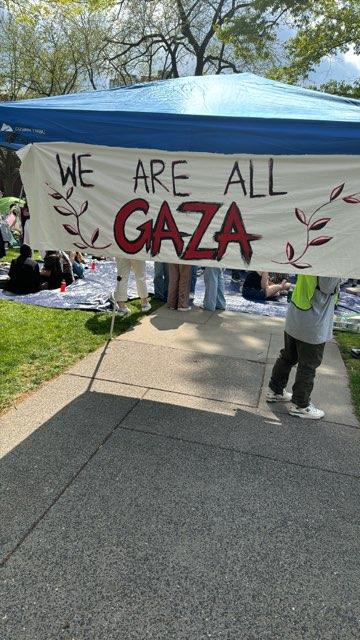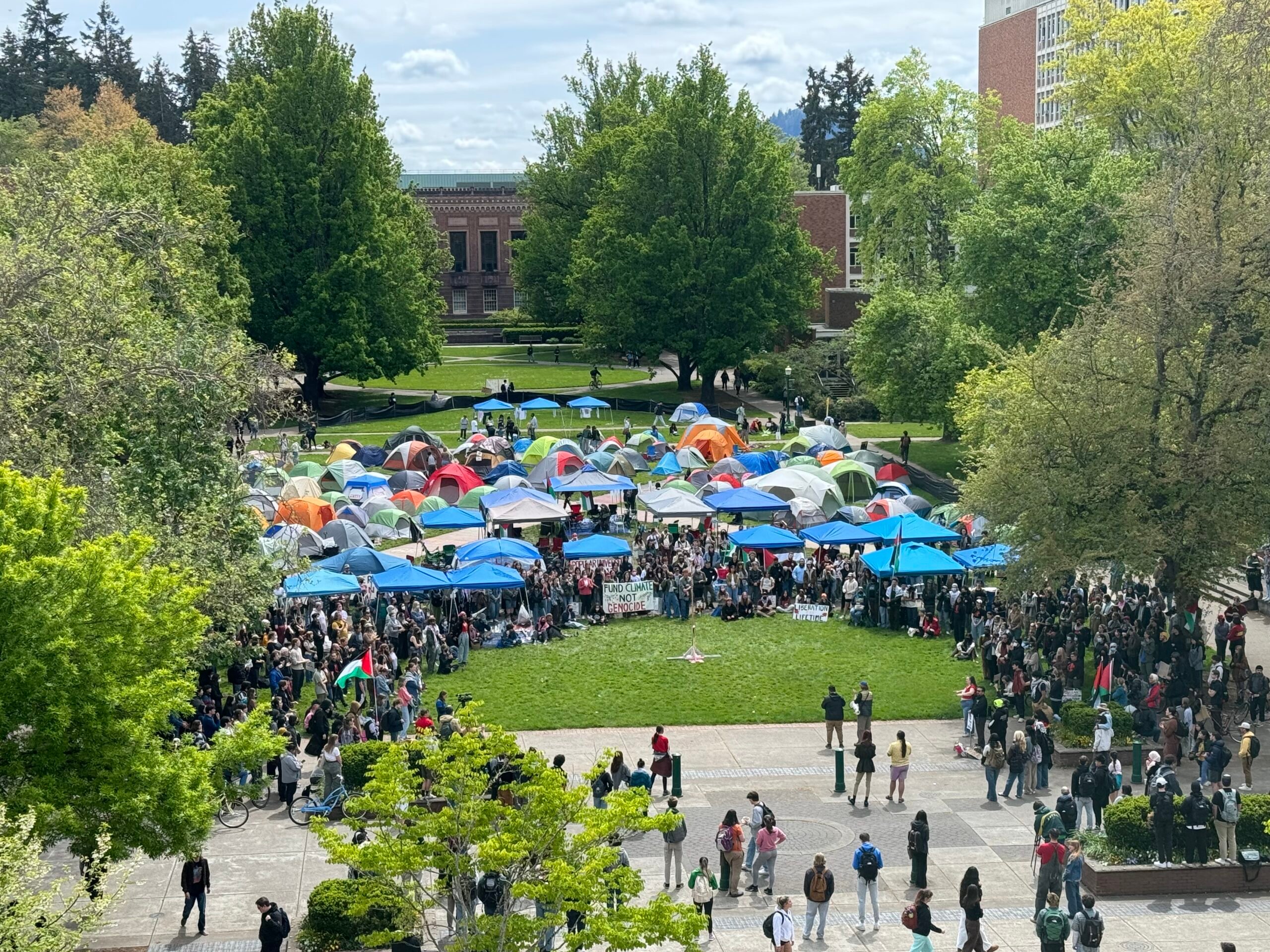The beautiful compositions, music and poetry of Naomi Shemer, a”h, Israel’s “first lady of Israeli song” tell the story of a nation’s return to its homeland, replete with emotive metaphor, imagery and poetic sweetness — even with a touch of the sting of the nation’s need to rebuild. Her compositions gave voice to a collective consciousness of joy and promise, struggle and hope.
Written after the Six Day War, the song Yerushalayim Shel Zahav became a prayerful anthem celebrating millenia of yearning and the reunification of the Holy City. Shemer reflected: “I was thinking about the 2,000 years of the destruction in the abstract… about Rebbe Akiva who promised his dear wife Rachel, who sacrificed so much, a ‘Jerusalem of Gold’…. Through a kind of telescopic lens I saw before me a city in heaven and the essence which alone I sought to capture.” For decades, Shemer continued to deliver dozens of unforgettable compositions, timeless songs that continue to inspire and uplift.
A daughter of founders of Kibbutz Kvutzat Kinneret on the shores of the Sea of Galilee, Shemer spent many of her adult years living in the settlement where she was raised.
A colleague, well known for his own musical talent, visited Shemer in her quaint Galilean home and expressed his surprise that Israel’s beloved composer had placed her simple piano unobtrusively in a dark corner, off to the side.
“How can you work here, without a window for light and inspiration?” he asked.
“I compose music with my eyes closed,” Shemer responded. “It may be dark in the room surrounding me, אבל השמש היא בפנים, but the sun shines bright from within.”
~
Each year, as we read Parshas Bereishis, we mark the renewal of Creation.
The starting point, the source of our world, is יהי אור, “Let there be light.” Chazal reveal how the “light of life” came to be: “God cloaked Himself in a white shawl, and the light of its splendor shone from one end of the world to the other” (Bereishis Rabbah, 3:4). The Divine light of Creation was drawn down to create this world, and it serves as the symbol of all that is good, holy and beautiful. Light is a universal symbol associated with emotions of joy and positivity; in Torah, it is a metaphor for life, truth, justice, peace, redemption and even God Himself: ה׳ אוֹרִי וְיִשְׁעִי “Hashem is my light and my salvation” (Tehillim, 27:1).
The original separation between light and darkness assumes a metaphysical significance in Jewish contemplative thought: יִתְרוֹן לַחָכְמָה מִן־הַסִּכְלוּת כִּיתְרוֹן הָאוֹר מִן־הַחֹשֶׁךְ “…Wisdom excels folly as far as light has an advantage over darkness” (Koheles, 2:13). A deeper reading of this pasuk reveals that darkness actually exists in order to underscore light. Its purpose is to awaken a yearning for light. Indeed, it is in the tension between light and darkness in our lives, in the raw experiences of goodness and evil, and in feeling the biting contrast of right and wrong, that awakens our yearning to teshuva, and initiates us into this path.
This pasuk does not literally state that light has an advantage “over” the darkness, rather “from” the darkness: מִן־הַחֹשֶׁךְ. There is an “advantage” in the light that we reach when we turn around and propel ourselves toward God “from” the darkness that we perceive or perpetuate.
There is a tendency to associate spiritual growth with a focus on correcting that which has gone wrong by examining the “dark spots” and investing in the areas where our weakness of character has been exposed. However, the foundation of effective and lasting teshuva is a clear understanding and appreciation of the light within us, of our positive midos and our extraordinary potential for goodness.
In the shadow of terror and unspeakable suffering, we face a different kind of “Yamim Noraim,” and in revisiting the creation of the world, reflect on the origin of it all. Facing darkness and evil, we renew our emunah in the reality of “vayehi ohr, and there was light,” that indeed, the world remains filled with goodness, righteousness and beauty.
May the shattered heart of Am Yisrael be healed and filled with optimism and faith in the light that shines from within us, as well as the great light and joy that awaits us.
~
אור שמבשר את ההשכמה והזריחה…יותר מזה איני צריכה
“Light that tells of the waking and the sunrise
I do not need more than that….
אִם שָמַי מְעוּנָנִים, עוֹצֶמֶת אֶת עֵינַי
אֲבָל הַשֶמֶש הִיא בִּפְנִים
With cloudy skies, I close my eyes…
and the light of the sun is inside.”
(Naomi Shemer, “Ohr”)
~
In honor of the wedding of our daughter Ayelet Hashachar and Nachshon Vidomlanski … and with gratitude to our dear mechutanim and friends, Rav Jake and Barbara, for sharing the song of faith, love and strength, together.
Rav Judah Mischel is executive director of Camp HASC, the Hebrew Academy for Special Children. He is the mashpiah of OU-NCSY, founder of Tzama Nafshi and the author of “Baderech: Along the Path of Teshuva.” Rav Judah lives in Ramat Beit Shemesh with his wife Ora and their family.











